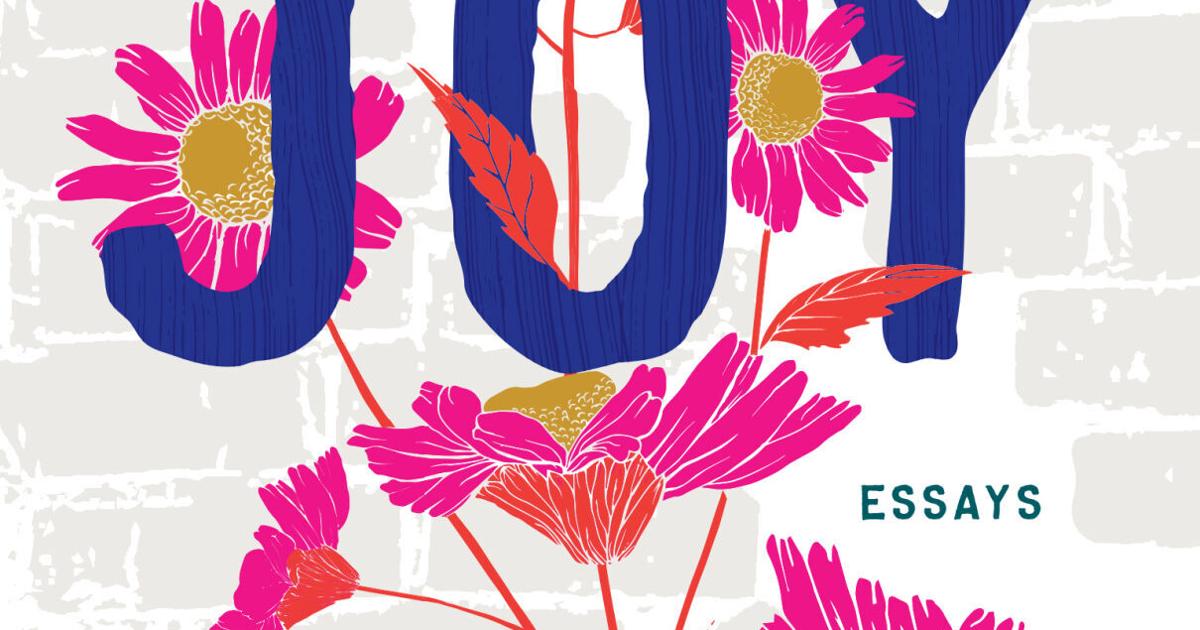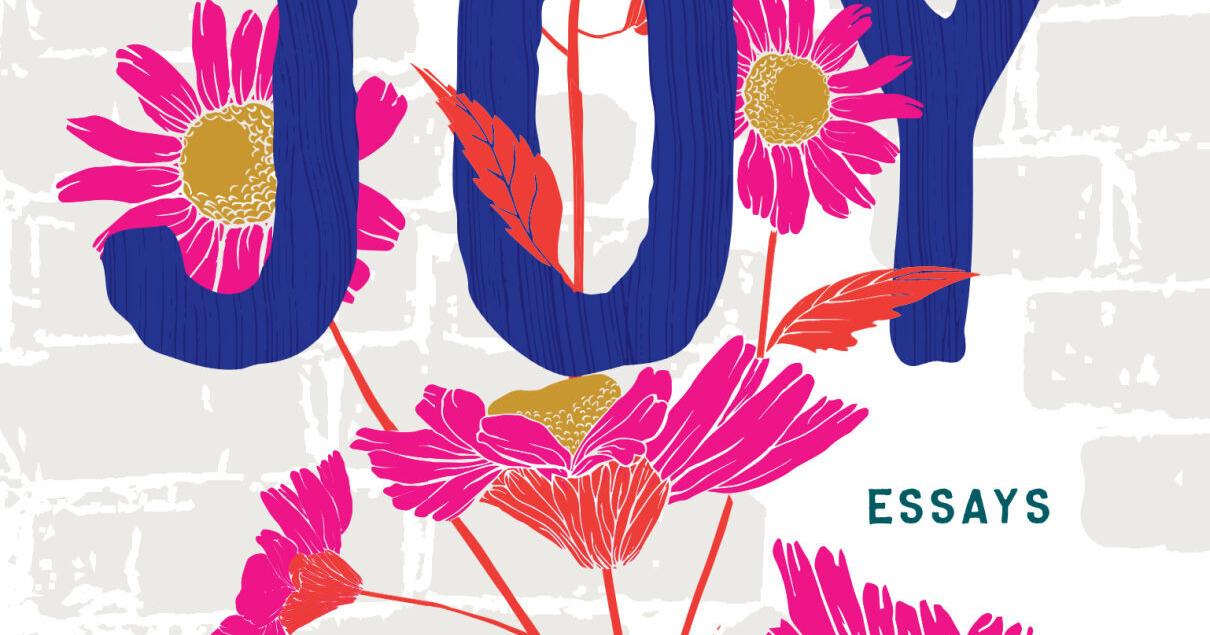
Indiana-based author Ross Gay, touches on everything from basketball to fruit trees to skateboarding to cover songs in his collection of essays “Inciting Joy,” published Oct. 25. The book, written with both humor and insight, asks the reader to consider what is at the heart of joy, and what that joy causes us to do. He will discuss his book during an event with the Wisconsin Book Festival in early November.
Q: How do you describe “Inciting Joy?”
A: It’s a collection of essays that wonders about different practices; experiences; things that I’m into, like pickup basketball, gardening, skateboarding; and wonders how those particular practices might in some way provide a certain kind of structure for considering joy. Or even how some of those practices might have built into them the group from where joy can emerge. (In the beginning of the book) I start with this definition of joy — something like the light that emits from us when we help each other carry our sorrows. I establish that definition and start thinking about how pickup basketball might have some quality that might make this possible. A lot of things, as I read and reread the book, a lot of those things are built in the structure of care.
People are also reading…
Q: You have written several books of poetry and many essays. I know from your book you’re from Philadelphia and worked as a professor at Indiana University in Bloomington. Where and what are you now?
A: I work at Indiana University and live in Bloomington. I’m a professor and teach creative writing classes.
Q: You tell readers early in the book that you want to figure out what prepares or “incites” us for joy and then, also, conversely, what that joy causes us to do. Did you start with this straightforward two-part idea for the book or after writing your essays did you realize that’s what you were showing?
A: I think that as I wrote the essays, I didn’t have them mapped out. I didn’t know what I was going to write about necessarily. The essays started to pile up and then I started being like, oh, this is what’s going on.
Q: How long did you work on this collection of essays?
A: I probably started working on them in late 2020. (However,) a lot of these essays were in draft form in various ways from other (projects).
Q: The book is broken down into chapters, and each one has a title, and then a subtitle. For example: Insurgent Hoop (Pickup Basketball: The Ninth Indictment). Can you talk to me about the importance of these titles and how you organized the book?
A: It might have to do with how I came up as a poet. When I organize, I try to think about certain dynamics between essays. Some of those dynamics (relate to) how long (the essays) are. I didn’t want to start a book with a long essay. I wanted people to keep reading. (Other dynamics can be) the primary emotional tenor of an essay, to have some sort of variation through the book. There’s also a rhetorical structure (of the essays). The arrangement is serving a rhetorical purpose. The first essay is about my father’s death and caring for him in the midst of that. I’m sort of setting the ground, the definitional ground for the book. I’m trying to prepare the reader for the gravity of what I’m talking about. Then I think some of the more, what feels like intellectually challenging, more theoretical essays are later in the book. All of the essays are more in the earth and body, but the last one is about gratitude.
Q: Your writing is so wonderfully relatable, yet so specific to what I have to assume is your life. How do you write about your joys so it resonates with so many readers?
A: I think one of the things that this book is maybe suggesting is that there are many sorts of common things between us, but a prominent one is that we’re all heartbroken. I wonder if that’s one of the organizing facts of these essays. Let’s start with the fact that we’re heartbroken. I know when I’m talking about skateboarding at some point, not everybody is going to hang around, but I’m confident that people are going to read the essay because there’s these other questions about heartbreak and caring and sharing. I’m hoping that the way it’s happening throughout the essay encourages people to hang around.
Q: You include footnotes in your book, which to me only increases how reading it was like having a conversation. Why did you decide to footnote your essays?
A: You nailed it. I was trying to figure out a formal way to make those digressions more conversational.
Q: Before I started reading the book I noticed you are a founding board member on the Bloomington Community Orchard, a nonprofit, free-fruit-for-all food justice and joy project. I planned to ask you about it, then I realized there was a chapter devoted to it in your book. How has that experience changed you?
A: I think it is completely formative in my life. When I think about how I want to live … that project was effectively to gather up with a bunch of people who didn’t know each other, but we all kind of signed on to this lovely dream. The idea of free fruit for all. A place where we could go and harvest fruit and gather. Something that is so moving to me about that (is) we didn’t know each other and we’re spending time on this orchard together. The nature of the project, because it’s all trees, we didn’t know if we’d be around when the trees came to fruition. We didn’t know if the reward would be fruit for us, because we could be gone. But the reward was participating or joining.
#lee-rev-content { margin:0 -5px; } #lee-rev-content h3 { font-family: inherit!important; font-weight: 700!important; border-left: 8px solid var(–lee-blox-link-color); text-indent: 7px; font-size: 24px!important; line-height: 24px; } #lee-rev-content .rc-provider { font-family: inherit!important; } #lee-rev-content h4 { line-height: 24px!important; font-family: “serif-ds”,Times,”Times New Roman”,serif!important; margin-top: 10px!important; } @media (max-width: 991px) { #lee-rev-content h3 { font-size: 18px!important; line-height: 18px; } } #pu-email-form-entertainment-email-article { clear: both; background-color: #fff; color: #222; background-position: bottom; background-repeat: no-repeat; padding: 15px 0 20px; margin-bottom: 40px; border-top: 4px solid rgba(0,0,0,.8); border-bottom: 1px solid rgba(0,0,0,.2); display: none; } #pu-email-form-entertainment-email-article, #pu-email-form-entertainment-email-article p { font-family: -apple-system, BlinkMacSystemFont, “Segoe UI”, Helvetica, Arial, sans-serif, “Apple Color Emoji”, “Segoe UI Emoji”, “Segoe UI Symbol”; } #pu-email-form-entertainment-email-article h2 { font-size: 24px; margin: 15px 0 5px 0; font-family: “serif-ds”, Times, “Times New Roman”, serif; } #pu-email-form-entertainment-email-article .lead { margin-bottom: 5px; } #pu-email-form-entertainment-email-article .email-desc { font-size: 16px; line-height: 20px; margin-bottom: 5px; opacity: 0.7; } #pu-email-form-entertainment-email-article form { padding: 10px 30px 5px 30px; } #pu-email-form-entertainment-email-article .disclaimer { opacity: 0.5; margin-bottom: 0; line-height: 100%; } #pu-email-form-entertainment-email-article .disclaimer a { color: #222; text-decoration: underline; } #pu-email-form-entertainment-email-article .email-hammer { border-bottom: 3px solid #222; opacity: .5; display: inline-block; padding: 0 10px 5px 10px; margin-bottom: -5px; font-size: 16px; } @media (max-width: 991px) { #pu-email-form-entertainment-email-article form { padding: 10px 0 5px 0; } }








